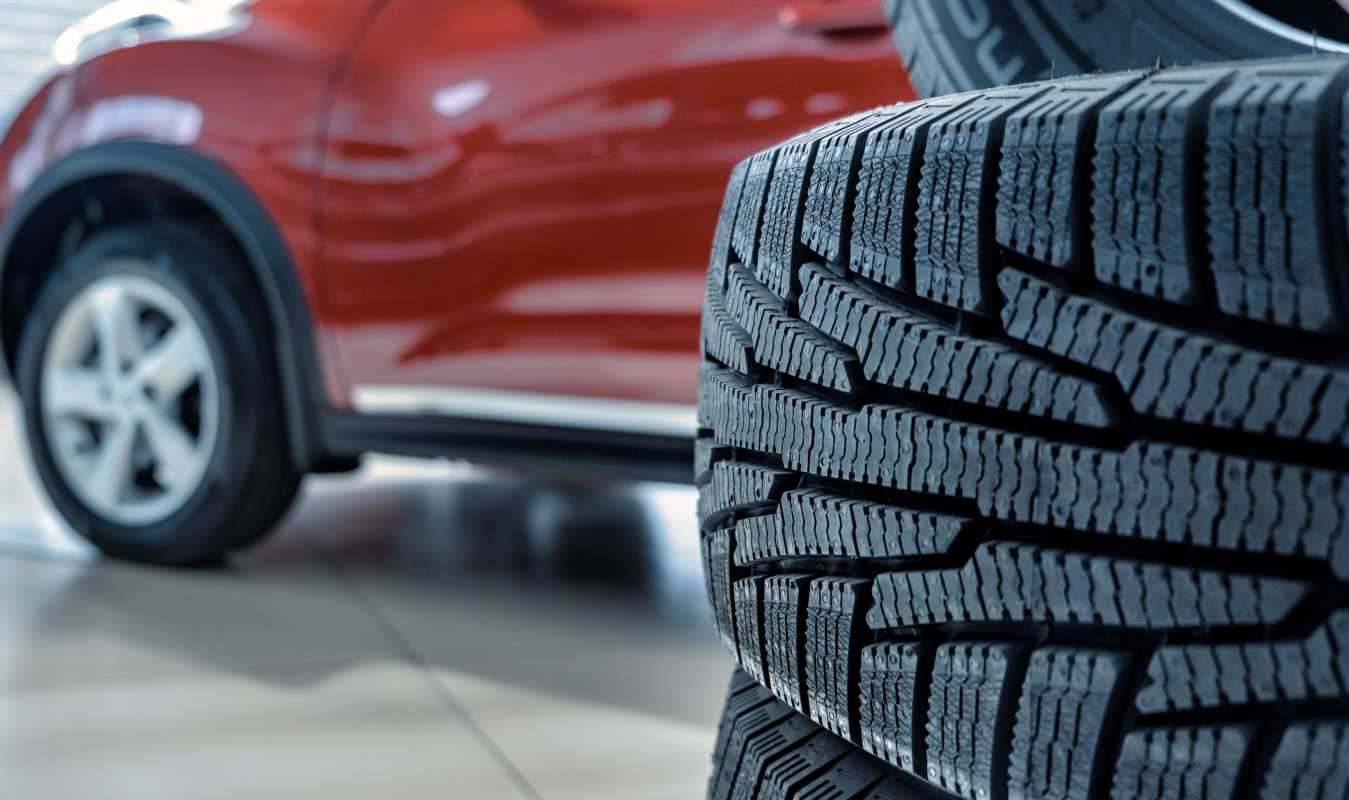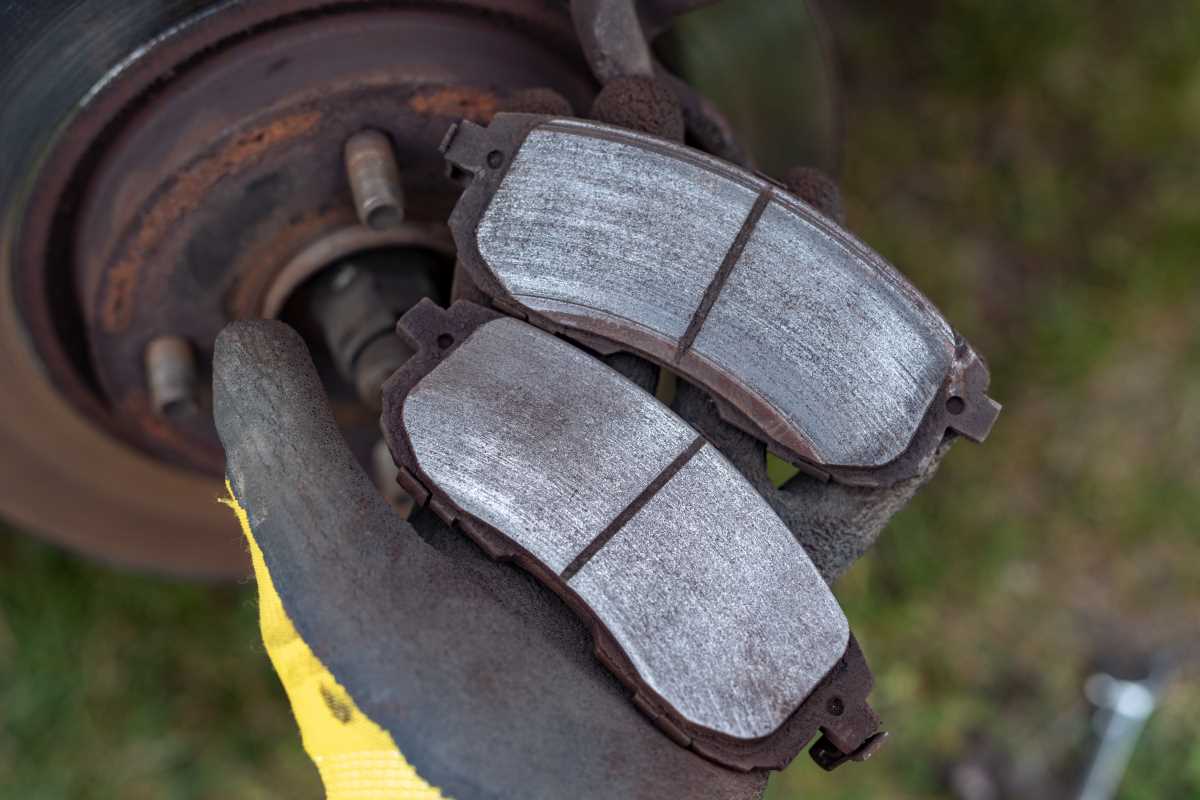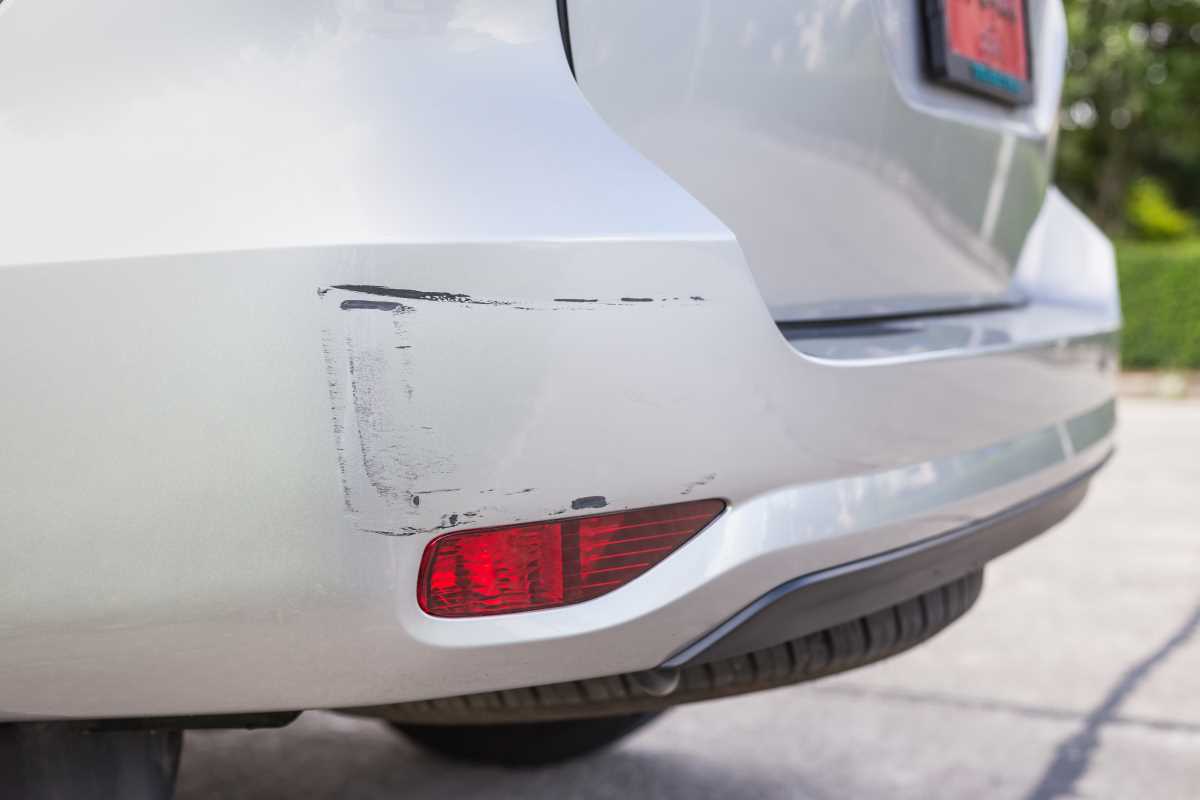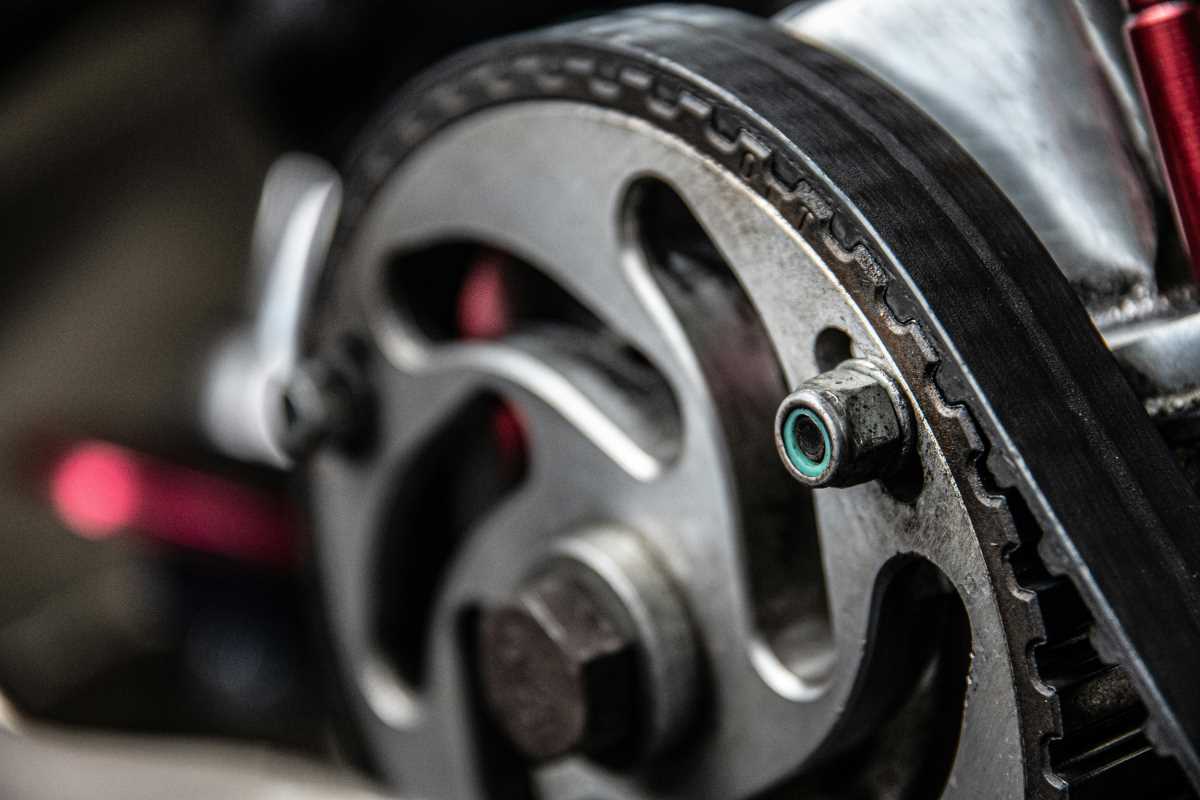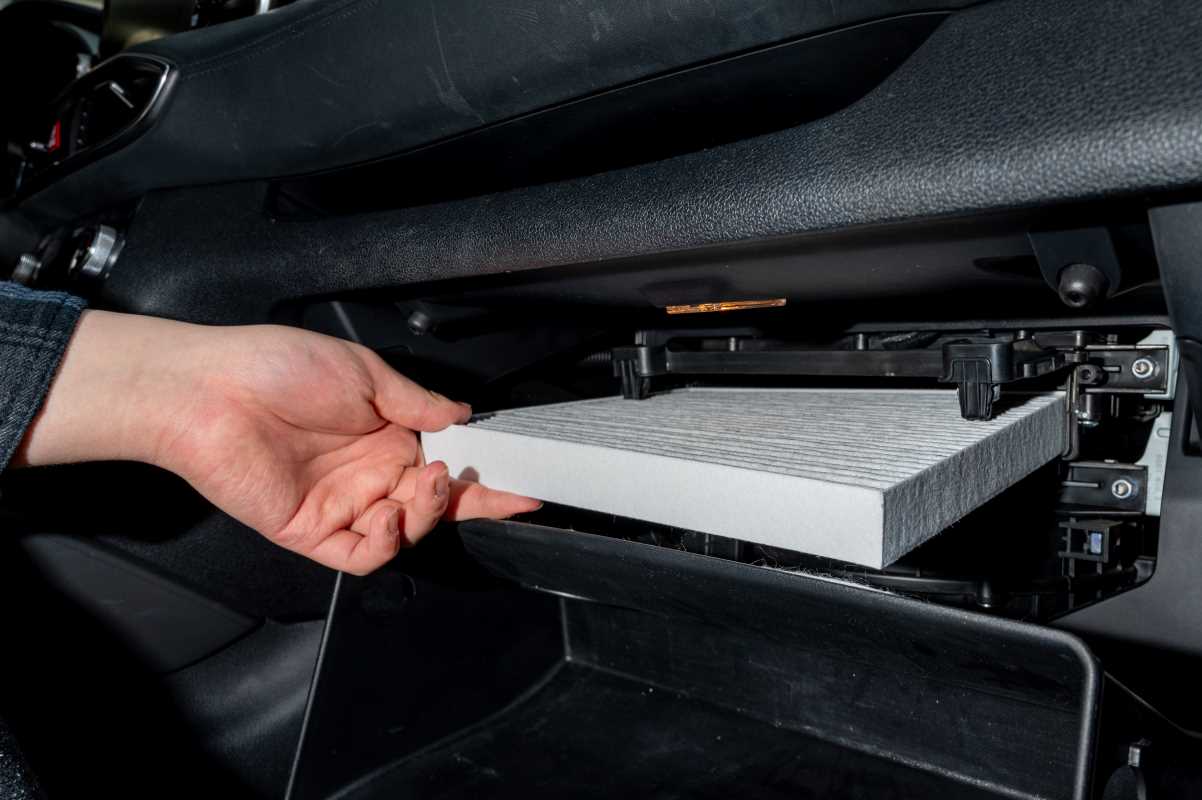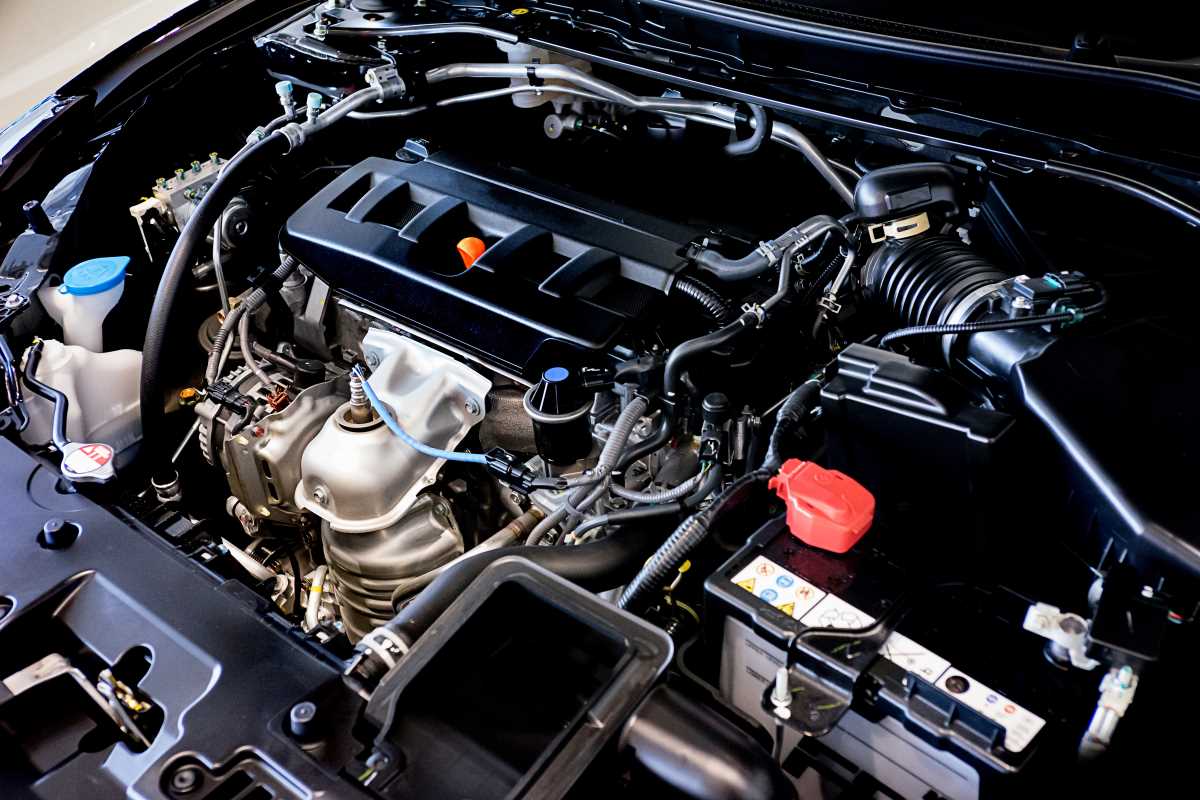Streaky, chattering, and skipping windshield wipers are more than just an annoyance; they're a serious safety hazard. Poor visibility is a leading contributor to traffic accidents, and a clear view of the road is your first line of defense against the unexpected. When a sudden downpour hits, you need wipers that work flawlessly. Ignoring worn-out blades can lead to a dangerous situation where you can't see pedestrians, other vehicles, or obstacles. From an insurance perspective, maintaining your vehicle is a fundamental responsibility. While a claim won't be denied just for old wipers, any accident resulting from impaired visibility could complicate matters. The good news is that replacing your wipers is one of the easiest, cheapest, and most satisfying DIY car maintenance tasks you can perform. It saves you money, boosts your confidence, and most importantly, keeps you safe.
Step 1: Lift the Wiper Arms and Protect the Glass
Before you begin, gather your materials. You will need your new set of wiper blades, a small cloth or towel, and some glass cleaner. It’s also wise to have your car keys handy, as you might need to turn on the ignition to move the wipers into a "service position" on some modern vehicles. Check your owner's manual for instructions specific to your car model.
Start by lifting the wiper arm on the driver's side away from the windshield. It should stay propped up on its own, perpendicular to the glass. This is where a small but crucial safety tip comes in: place a folded towel or cloth on the windshield directly underneath the wiper arm. These arms are spring-loaded and can snap back against the glass with surprising force. If you accidentally bump the arm while working, the towel will absorb the impact and prevent a costly cracked or chipped windshield. This simple precaution can save you from a much bigger headache and a potential insurance claim. Work on one wiper at a time to avoid confusion. By leaving the passenger-side wiper in place, you can use it as a reference for how the new one should look and fit.
Step 2: Release the Old Wiper Blade
Now it's time to remove the old blade. Look closely at the point where the wiper blade connects to the metal wiper arm. You will see a small plastic connector. There are several common styles, but most operate on a simple principle. The most frequent type is the J-hook, where the arm curves into a "J" shape and hooks through the blade's adapter. To release it, you'll typically find a small tab or button on the underside of the connector. Press this tab in, and it will unlock the blade.
With the tab depressed, you'll need to slide the entire wiper blade assembly down along the arm, away from the "J" part of the hook. It might require a bit of wiggling, especially if dirt and grime have built up. Be firm but gentle to avoid breaking the plastic connector. Another common style is the pin-type arm, which uses a small pin to hold the blade. Releasing this often involves lifting a small cover on the adapter and sliding the blade off the pin. Take a moment to observe how the old blade is attached before you use force. This mental note will make installing the new one much easier. Once the blade is free, carefully set it aside.
Step 3: Match the Adapter and Prep the New Blade
Unpack your new wiper blades. You'll notice they often come with a small bag of plastic adapters. This is because manufacturers design blades to fit various arm types, including J-hook, pin, and bayonet styles. Your first task is to compare the adapters to the one on your old blade. Find the adapter in the new kit that perfectly matches the one you just removed. In many cases, the blade will come with the most common adapter (usually the J-hook) pre-installed.
If the pre-installed adapter is correct, you're ready to go. If not, you'll need to swap it out. The instructions included with the new blades will have a simple diagram showing how to remove the existing adapter and snap the correct one into place. It usually involves a simple click-in mechanism. Before installation, take a moment to remove the plastic protective sleeve that covers the rubber squeegee on the new blade. Forgetting this step is a common mistake that will leave you with wipers that don't work at all. With the correct adapter in place and the protective sleeve removed, you are ready to attach the new blade.
Step 4: Attach the New Blade and Test the Fit
Attaching the new blade is essentially the reverse of the removal process. If you have a J-hook arm, slide the hook through the opening in the new adapter until you hear a distinct "click." This sound confirms that the locking mechanism has engaged and the blade is secure. Give the blade a gentle tug to ensure it is firmly attached and won't fly off at highway speeds during a rainstorm.
For other connector types, follow a similar logic. Align the new blade's adapter with the arm's mounting point and push it into place until it locks securely. Once you are confident the blade is locked in, carefully lower the entire wiper arm back onto the windshield. Remove the protective towel you placed on the glass. Now, repeat the entire process—Steps 1 through 4—for the passenger-side wiper. Working one side at a time ensures you always have a correct reference. Don't forget to check your rear wiper if your vehicle has one; it's often overlooked but is just as important for visibility when backing up.
Step 5: Clean the Windshield and Perform a Final Test
You're almost done. The final step is to ensure everything works as it should. Over time, your windshield accumulates a film of dirt, oil, and grime that can cause new wipers to streak or skip. Before you test them, give your windshield a thorough cleaning with a quality glass cleaner and a microfiber cloth. A clean surface allows the rubber blade to make perfect contact with the glass, ensuring a smooth, silent, and effective wipe.
Now, it's time for the moment of truth. Get in the driver's seat and turn on your ignition. Activate your windshield washer fluid and let the new wipers run through a few cycles. Watch them closely. They should glide smoothly and silently across the glass, clearing the water in a single, clean sweep. There should be no streaking, chattering, or missed spots. This test confirms that the blades are properly installed and making good contact with the windshield. Doing this simple test now saves you from discovering a problem during an actual storm. Performing this DIY task yourself typically costs between $20 and $50 for a pair of quality blades, whereas having a shop or dealership do it can easily cost double that amount. This regular maintenance shows you are a responsible vehicle owner, which is something every car insurance company appreciates.

